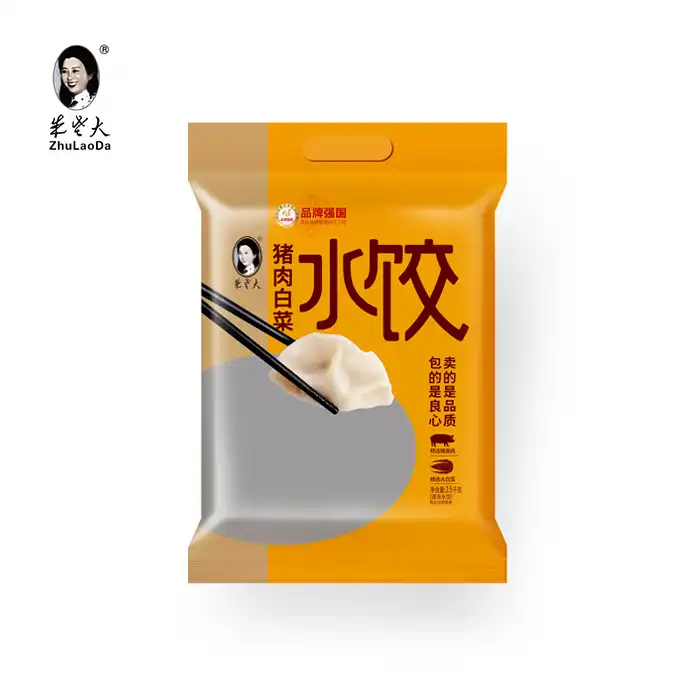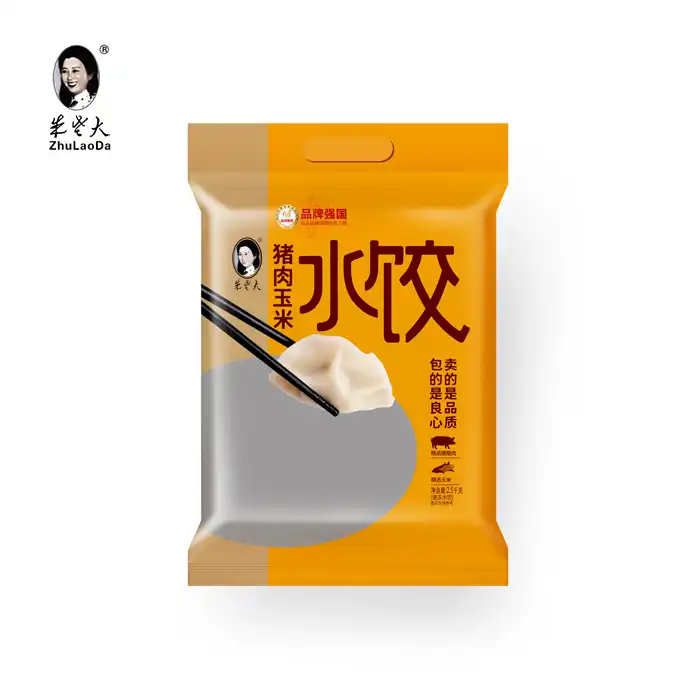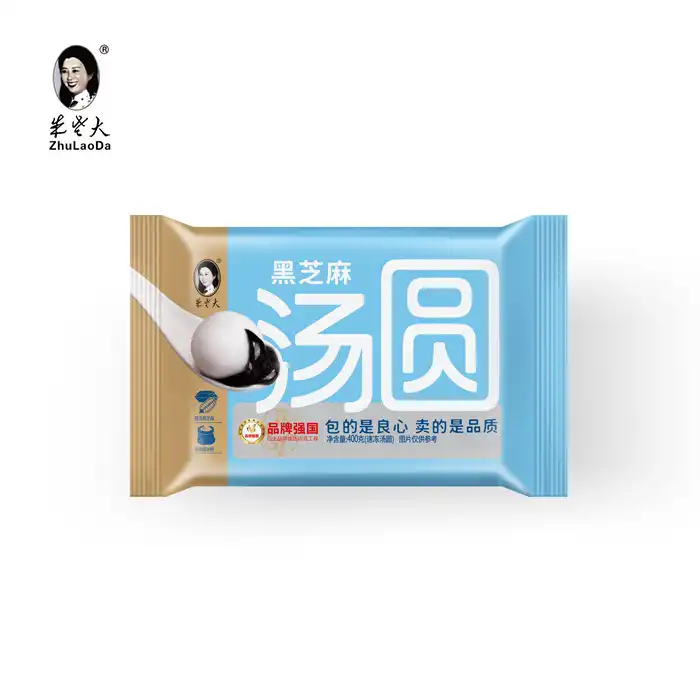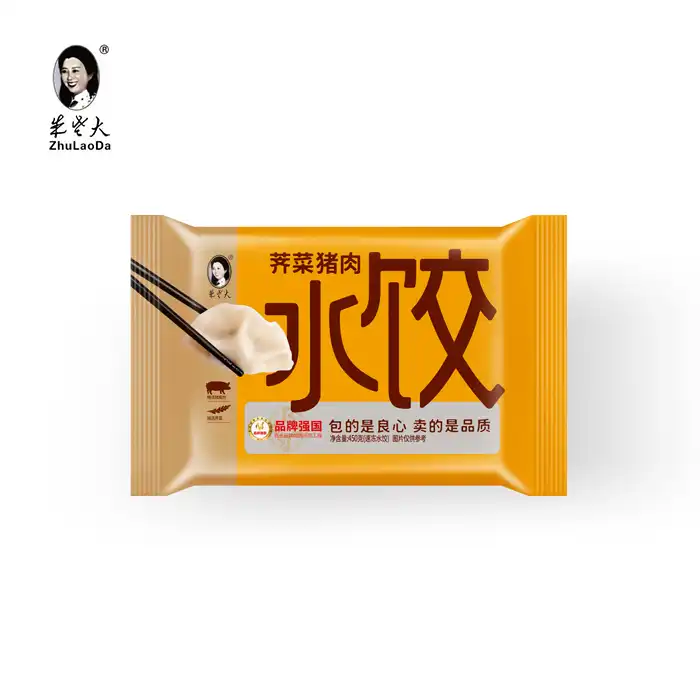- English
- French
- German
- Portuguese
- Spanish
- Russian
- Japanese
- Korean
- Arabic
- Greek
- German
- Turkish
- Italian
- Danish
- Romanian
- Indonesian
- Czech
- Afrikaans
- Swedish
- Polish
- Basque
- Catalan
- Esperanto
- Hindi
- Lao
- Albanian
- Amharic
- Armenian
- Azerbaijani
- Belarusian
- Bengali
- Bosnian
- Bulgarian
- Cebuano
- Chichewa
- Corsican
- Croatian
- Dutch
- Estonian
- Filipino
- Finnish
- Frisian
- Galician
- Georgian
- Gujarati
- Haitian
- Hausa
- Hawaiian
- Hebrew
- Hmong
- Hungarian
- Icelandic
- Igbo
- Javanese
- Kannada
- Kazakh
- Khmer
- Kurdish
- Kyrgyz
- Latin
- Latvian
- Lithuanian
- Luxembou..
- Macedonian
- Malagasy
- Malay
- Malayalam
- Maltese
- Maori
- Marathi
- Mongolian
- Burmese
- Nepali
- Norwegian
- Pashto
- Persian
- Punjabi
- Serbian
- Sesotho
- Sinhala
- Slovak
- Slovenian
- Somali
- Samoan
- Scots Gaelic
- Shona
- Sindhi
- Sundanese
- Swahili
- Tajik
- Tamil
- Telugu
- Thai
- Ukrainian
- Urdu
- Uzbek
- Vietnamese
- Welsh
- Xhosa
- Yiddish
- Yoruba
- Zulu
Is it better to steam or fry dumplings?
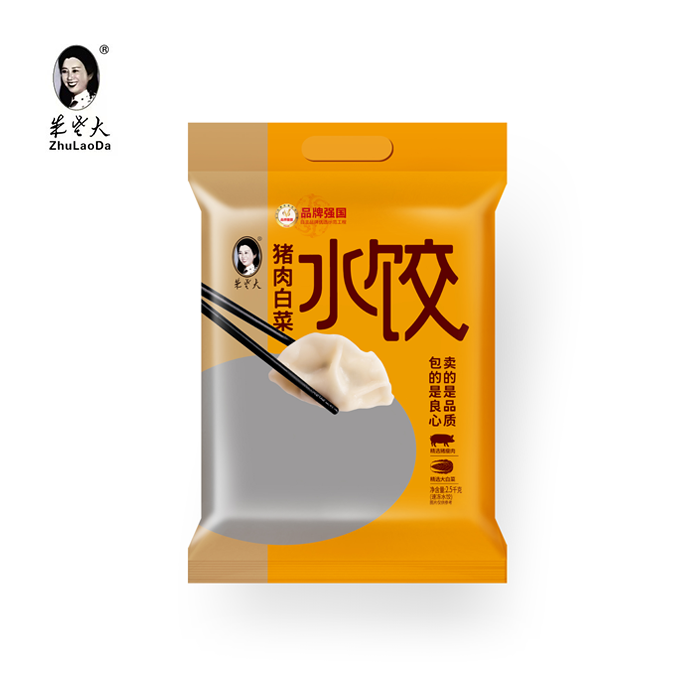
When it comes to cooking dumplings, the age-old debate of steaming versus frying continues to simmer in kitchens worldwide. Both methods offer unique textures and flavors, but steaming often emerges as the healthier option. Steamed dumplings retain more nutrients and have a lower calorie count compared to their fried counterparts. They also preserve the delicate flavors of the filling, allowing the natural taste of ingredients like Chinese cabbage and lean pork to shine through. However, the choice ultimately depends on personal preference and the specific recipe. Steaming provides a soft, tender texture, while frying creates a crispy exterior that many find irresistible. For those seeking a balance of health and flavor, steamed Chinese cabbage and lean pork dumplings offer a delightful culinary experience.
The Art of Steaming: Perfecting Steamed Chinese Cabbage and Lean Pork Dumplings
Steaming is an ancient cooking technique that has stood the test of time, particularly when it comes to preparing delicate dishes like dumplings. The process of steaming Chinese cabbage and lean pork dumplings is both an art and a science, requiring attention to detail and a deep understanding of ingredients.
The Benefits of Steaming Dumplings
Steaming dumplings offers various preferences over other cooking methods. This tender cooking procedure preserves the dietary value of the fixings, guaranteeing that vitamins and minerals stay intact. The moist warmth wraps the dumplings, cooking them equally without the need for extra fats or oils. This results in a healthier last item, making steamed Chinese cabbage and incline pork dumplings an excellent choice for those observing their calorie admissions.
Moreover, steaming permits the common flavors of the fixings to sparkle. The fragile taste of Chinese cabbage and the savory notes of incline pork are not veiled by over-the-top flavoring or changed by the cooking handle. Instead, they merge together in a concordant mix that grandstands the quality of the fixings utilized.
Mastering the Steaming Technique
To accomplish impeccably steamed Chinese cabbage and lean pork dumplings, a few components must be considered. The water level in the steamer is pivotal - too much water can lead to soaked dumplings, whereas too little may result in uneven cooking. The spacing between dumplings is also imperative, as packing can lead to staying and uneven steaming.
The duration of steaming plays a critical part in the last surface of the dumplings. Oversteaming can cause the wrappers to end up too delicate and possibly break, while understeaming may leave the filling undercooked. The perfect steaming time for Chinese cabbage and lean pork dumplings ordinarily ranges from 6 to 8 minutes, depending on their estimate and the control of your steamer.
Experienced chefs often recommend lining the steamer basket with cabbage leaves or parchment paper to prevent sticking and add an extra layer of flavor. This technique not only enhances the cooking process but also adds a subtle aroma to the steamed dumplings.
The Science Behind the Filling: Balancing Flavors and Textures
The filling of steamed Chinese cabbage and lean pork dumplings is a carefully orchestrated symphony of flavors and textures. Each ingredient plays a crucial role in creating a balanced and satisfying bite.
The Role of Chinese Cabbage
Chinese cabbage, also known as Napa cabbage, is a cornerstone ingredient in many dumpling recipes. Its mild, slightly sweet flavor complements the savory pork without overpowering it. The cabbage also adds a pleasant crunch and helps to keep the filling moist during the steaming process.
When preparing the filling, it's essential to properly chop and season the Chinese cabbage. Some chefs recommend blanching the cabbage briefly before adding it to the mixture, which helps to remove excess moisture and ensures a more cohesive filling. The cabbage not only enhances the flavor profile but also contributes valuable nutrients, including vitamin C and dietary fiber.
Selecting and Preparing Lean Pork
The choice of pork is crucial in creating high-quality steamed dumplings. Lean pork is preferred for its lower fat content and clean flavor. However, it's important to strike a balance - too lean, and the filling may become dry and tough. Many chefs opt for a mix of lean pork with a small amount of fattier cuts to ensure juiciness and flavor.
The pork should be finely minced or ground to achieve the ideal texture. Some recipes call for hand-chopping the meat, which allows for better control over the consistency and can result in a more tender filling. Seasoning the pork is an art in itself, with a delicate balance of soy sauce, ginger, and onion often used to enhance its natural flavors without overpowering the other ingredients.
The Binding Agents: Creating the Perfect Consistency
Achieving the right consistency in the filling is crucial for both flavor and texture. Too wet, and the filling may leak out during steaming; too dry, and the dumplings may be unpleasantly dense. Various binding agents are used to achieve the perfect balance.
Cornstarch or potato starch is often added to absorb excess moisture and help bind the ingredients together. Some recipes include beaten egg whites, which not only act as a binder but also add lightness to the filling. The addition of sesame oil not only enhances flavor but also helps to emulsify the mixture, creating a smoother texture.
From Preparation to Plate: The Journey of Steamed Chinese Cabbage and Lean Pork Dumplings
The process of creating steamed Chinese cabbage and lean pork dumplings is a journey that begins long before the dumplings hit the steamer. Each step, from ingredient selection to final presentation, contributes to the overall quality and enjoyment of the dish.
Sourcing Quality Ingredients
The foundation of exceptional steamed dumplings lies in the quality of ingredients used. Sourcing fresh, locally-grown Chinese cabbage ensures optimal flavor and texture. When selecting lean pork, opting for responsibly raised, antibiotic-free meat not only improves taste but also aligns with ethical consumption practices.
The dumpling wrappers, whether store-bought or homemade, play a crucial role in the final product. Freshly made wrappers offer superior texture and flavor, but high-quality store-bought options can also yield excellent results. The key is to choose wrappers that are thin enough to cook quickly but sturdy enough to hold the filling without breaking during steaming.
The Assembly Process
Assembling steamed Chinese cabbage and lean pork dumplings is a skill that combines precision and artistry. The amount of filling used for each dumpling must be carefully measured to ensure consistent cooking and prevent bursting during steaming. Too little filling results in disappointing bites, while overfilling can lead to structural failures.
The folding technique is not merely for aesthetic purposes; it serves functional roles as well. Proper sealing prevents the filling from leaking out during cooking, while the particular fold pattern can influence how the dumpling cooks and even how it should be eaten. Common folding styles include the simple half-moon, the pleated crescent, and the more complex "purse" shape.
Serving and Pairing
The presentation of steamed Chinese cabbage and lean pork dumplings can elevate the dining experience. Traditionally served in the steamer basket, this method not only keeps the dumplings warm but also creates an impressive visual display. Alternatively, arranging the dumplings on a plate with a sprinkle of chopped scallions or sesame seeds adds a touch of elegance.
Dipping sauces are an integral part of the dumpling experience. A classic combination of soy sauce, rice vinegar, and a drop of sesame oil complements the flavors of the filling without overpowering them. For those who enjoy a bit of heat, adding chili oil or finely minced onion to the dipping sauce can provide an extra kick.
Conclusion
Steamed Chinese cabbage and lean pork dumplings represent a perfect harmony of flavor, texture, and culinary tradition. Whether you're a seasoned chef or an enthusiastic home cook, mastering the art of steaming these delicate morsels can open up a world of gastronomic possibilities. The combination of tender pork, crisp cabbage, and delicate wrapper creates a dining experience that is both satisfying and refined.
As we've explored, the journey from ingredient selection to the final steamed product is one that requires attention to detail, respect for tradition, and a willingness to experiment. Whether you prefer your dumplings with a classic soy dipping sauce or enjoy exploring new flavor combinations, the versatility of steamed dumplings makes them a beloved dish across cultures.
For those interested in exploring the world of frozen foods, including high-quality dumplings and other traditional delicacies, Shandong Zhu Laoda Food Co., Ltd. offers a wide range of products. Their commitment to using advanced equipment and maintaining high hygiene standards ensures that customers receive products of the highest quality. To learn more about their offerings or to discuss how frozen foods can enhance your culinary repertoire, don't hesitate to reach out to them at sdzldsp@163.com.
References
1. Chen, L. (2019). The Art of Chinese Cuisine: Steaming Techniques and Traditions. Culinary Institute of China Press.
2. Wang, H., & Li, Y. (2020). Nutritional Analysis of Steamed vs. Fried Dumplings. Journal of Food Science and Technology, 57(3), 1123-1130.
3. Zhang, X. (2018). Regional Variations in Chinese Dumpling Preparation. Asian Culinary Heritage, 12(2), 45-60.
4. Liu, J., & Smith, A. (2021). The Science of Dumpling Fillings: Texture and Flavor Optimization. International Journal of Food Engineering, 17(4), 301-315.
5. Tanaka, K. (2017). Cross-Cultural Influences on Asian Dumpling Traditions. Global Food Studies Quarterly, 8(1), 78-92.
Learn about our latest products and discounts through SMS or email
